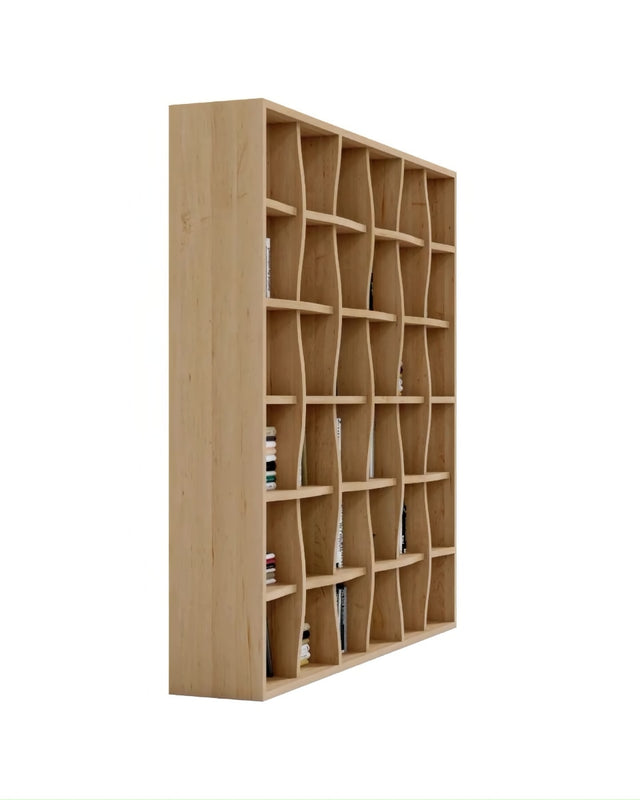Strength and Stability Standards In Furniture
In the furniture industry, the safety, longevity, and reliability of products are paramount. To ensure that our seating and storage furniture meet high standards of quality, a series of rigorous testing protocols are employed. These tests evaluate various aspects of furniture, including strength, durability, and stability. This post delves into these testing standards, focusing on both domestic and contract furniture within Europe.
Understanding the Key Concepts
- Strength: This refers to the furniture’s ability to withstand applied forces without breaking or deforming.
- Durability: This measures the furniture’s ability to endure wear, pressure, or damage over time.
- Stability: This assesses the furniture’s capacity to remain upright and balanced under normal usage conditions, preventing tip-over incidents.
Seating Furniture Testing Standards
Domestic Seating
For domestic seating, European standards are predominantly governed by EN 12520:2015. This standard outlines the general safety requirements for domestic seating and includes:
- Static Load Testing: This involves applying a specified force to the seat, back, and armrests to ensure they can withstand normal use and occasional misuse.
- Durability Testing: Repeated loading is applied to assess the seat’s endurance over time. This includes tests like the seat and back fatigue test, where a weight is dropped repeatedly to simulate long-term use.
- Stability Testing: Tests to ensure that chairs will not tip over under normal use. For example, tilting the chair backward to check its resistance to tipping.
Contract Seating
Contract seating, used in environments such as offices, hotels, and public spaces, must adhere to more stringent standards due to the higher frequency and intensity of use. The primary standard here is EN 16139:2013, which encompasses:
- Higher Load Requirements: Given the higher usage rates, the static and dynamic load tests apply greater forces compared to domestic seating.
- Enhanced Durability Tests: Additional cycles of loading and unloading are performed to simulate the continuous use in a contract environment.
- Stability Under Uneven Loading: Chairs must remain stable even when subjected to uneven weight distribution, ensuring safety in varied usage scenarios.
Storage Furniture Testing Standards
Domestic Storage Furniture
EN 14749:2016 is the main standard for domestic storage furniture, covering everything from wardrobes to kitchen cabinets. Key tests include:
- Strength of Shelves and Bottoms: Shelves and bottoms are loaded to their maximum capacity to test for bending and breaking points.
- Durability of Hinges and Runners: Doors and drawers are opened and closed thousands of times to assess the longevity of hinges and runners.
- Stability Testing: Cabinets are tested for tip-over risks, particularly when drawers are fully extended and loaded.
Contract Storage Furniture
For contract storage furniture, which might include office filing cabinets and industrial storage units, the standards are more rigorous due to the need for greater resilience and safety. EN 14073-2:2004 and EN 14074:2004 are key standards here, focusing on:
- Load-Bearing Capacity: Higher weight limits are tested, ensuring that storage units can handle the demanding conditions of contract use.
- Durability of Moving Parts: Doors, drawers, and other moving components are subjected to more cycles of opening and closing than domestic furniture.
- Enhanced Stability Tests: Including anti-tilt mechanisms and tests for stability under heavy, uneven loads.
Conclusion
The rigorous testing standards for strength, durability, and stability in seating and storage furniture are essential to ensure safety and longevity. These standards vary between domestic and contract furniture, reflecting the different usage environments and stress levels. By adhering to these testing protocols, manufacturers can assure consumers and businesses that their furniture products are both reliable and safe.
Whether it’s a comfortable chair for your living room or a sturdy filing cabinet for your office, the underlying testing standards ensure that these products will stand the test of time and use. As the industry continues to evolve, these standards will likely adapt, continually improving the safety and durability of our everyday furniture.




